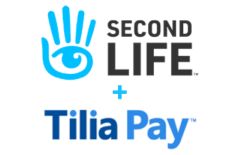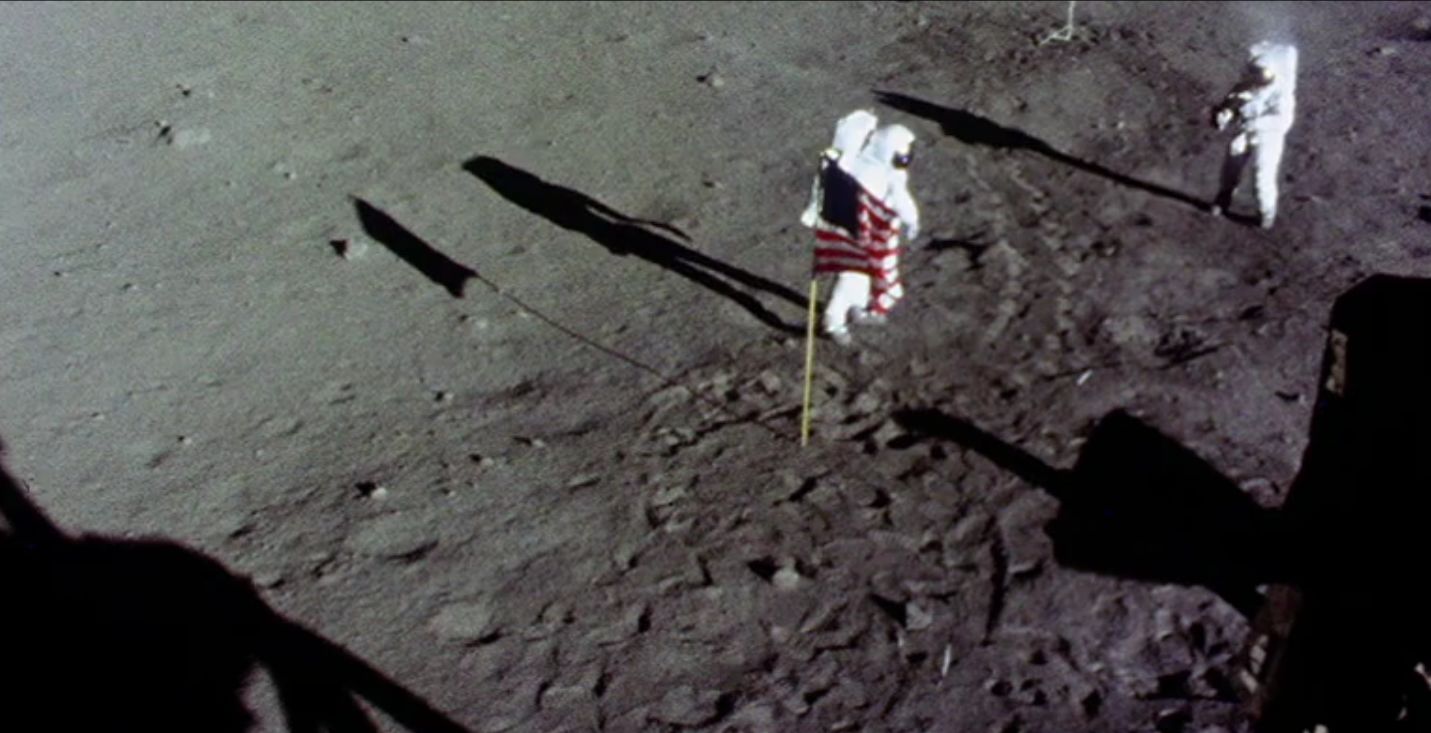
Update, July 27th: there appears to be a further issue with the information indicator on people’s billing pages – all users are apparently marked with a green “information provided” check, regardless as to whether or not any information has been provided. This is most likely a bug, and linden Lab have been contacted. Until a formal response from the Lab has been obtained, it is probably best not to assume you are cleared for credit processing if you have never previously provided information to the Lab for the purposes of credit processing.
Update: it appears the Additional Information page has problems loading in browsers other than Google Chrome. However, if you are experiencing issues and have any ad block software installed on your browser – try turning it off before clicking the Additional Information link on your Billing Information page.
On Friday July 12th Linden Lab hosted a town hall meeting on the subject of Tilia Inc., and forthcoming changes will affect those who have a US dollar (USD) balance associated with their Second Life account, and those who transfer US dollar amounts out of Second Life.
The changes to the latter – withdrawing US dollar amounts from Second Life referred to as credit processing) – will in particular be subject to ensuring all those wishing to do so, have provided documentation to Tilia Inc., to verify who they are, in order to meet various US regulations related to money laundering, etc.
During that town hall meeting, Grumpity Linden (Senior Director of Product for Second Life), the Lab would both provide a means for users to easily see if the information they may have already supplied to Linden Lab for the purposes of credit processing has been recorded by Tilia / is sufficient to meet the requirements, or whether further information might be required.
Another thing we’re working on to make that easier and clearer is an indicator in your account page which will show whether you’ve been cleared to process credit or not. And so you’ll see a little green check mark that says ‘we’ve got all your information and you’re clear in a process credit’ or a little, ‘we’ll need more information from you when you’re ready to process credit’ with a link.
One of the things again that we’re working to submit your documents ahead of the August 1st date, so that if you expecting to process credit on August 2nd, you’re not delayed in any way you can submit them in advance and know that your documents been verified.
It [the indicator] will be in your account same place you would log in to view your USD balance for example or to request a process credit. Obviously, we’ll post about that when it’s ready.
– Grumpity Linden, Tilia Town Hall Meeting, Friday, July 12th [video: 29:26]
On Monday, July 22nd, the Lab published this promised information, indicating how users who will wish to credit process funds from Second Life after August 1st can both:
- Check to confirm whether or not Tilia has sufficient personal information on file for them to be able to process credit.
- And / or how they can submit information, if required.
Both options can be found by visiting your Account page on your Second Life dashboard at secondlife.com, as described below:
- Log-in to your dashboard.
- On the left of your dashboard, beneath your account name, click the Account heading to open the Account menu.
- Click on Billing Information near the bottom of the menu (highlighted, below left).
- If you have supplied all the required information, you will see a green check box with We have all the information we require to process credit from your Tilia account alongside it (arrowed, below right)
- OR if you do not / have not supplied the required information will see a red check box with the words, We may need some additional information [a link] in order to process credit from your Tilia account.
- If the latter is the case, and you wish you provide / submit the required information, click on the additional information link to go to a fresh page that will walk you through what needs to be done.

Important Notes
- This information is only required if you intend to process credit out of Second Life. it is not required if you simply wish to purchase Linden Dollars for use within Second Life, nor is it required if you have a USD dollar balance associated with your account from which you do not intend to process credit funds out of Second Life.
- Those wishing to process credit funds out of Second Life and who need to supply additional information are under no obligation to do so at this time, however, the information must be supplied in order to process credit on or after August 1st, 2019.
Further information relating to these changes can be found in the links below.
Related Information
Via Linden Lab
- Voluntary Regulatory Information Submission – July 22nd, 2019
- Important Changes to your Second Life Account – Introducing Tilia – July 1st, 2019
- Tilia FAQ
- Tilia Terms of Service – effective from August 1st, 2019
- Privacy Policy – effective from August 1st, 2019
- Official Tilia Q&A Forum Thread
- General Tilia / Second Life forum discussion thread
- Official video of the Tilia Town Hall Meeting
- Tilia Inc. website
Tilia Related Articles, This Blog
- Tilia Inc and Second Life: town hall summary and video – July 13th, 2019
- Tilia Inc., and forthcoming Second Life account changes – July 1st, 2019
- Tilia – a further look and a little more speculation – July 2nd, 2019
- Linden Lab and Tilia Inc. – speculations on the Lab’s new subsidiary – November 4th, 2015








